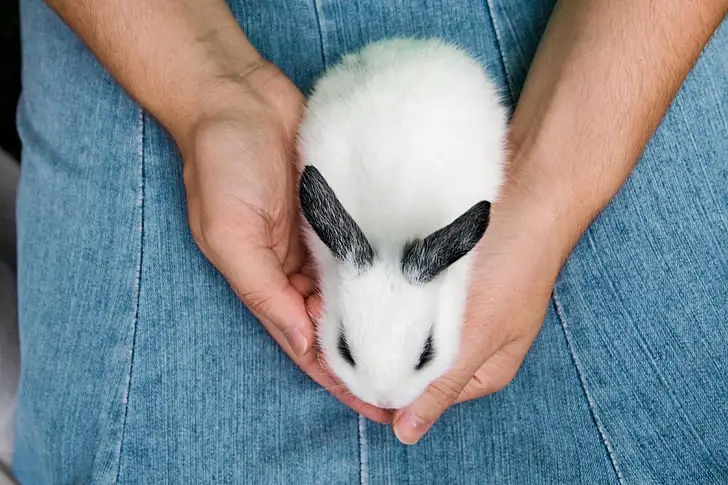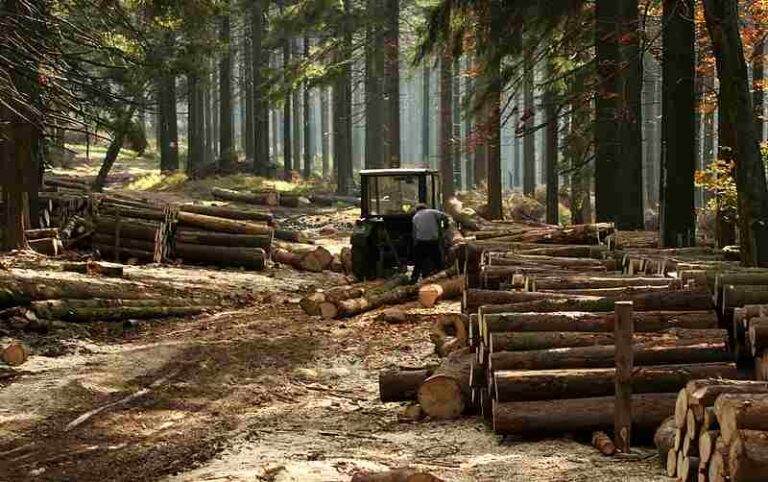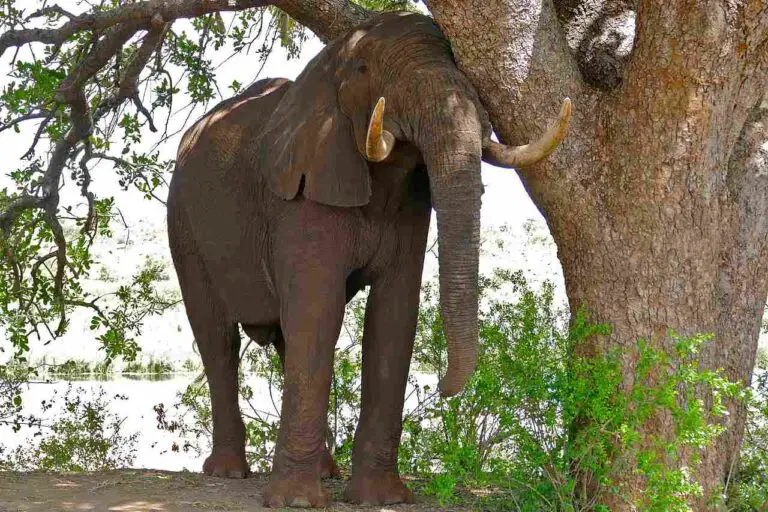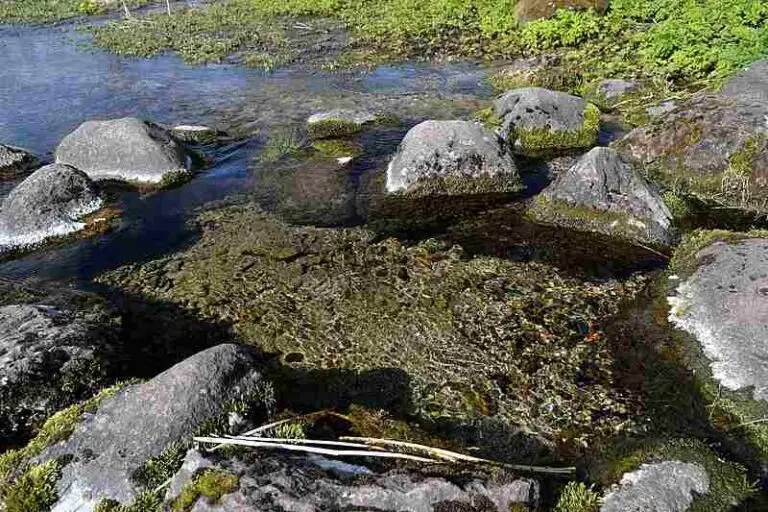Overgrazing Definition, Reason, Impact, and Animals Explained
Overgrazing is the active depletion of plant cover and exposure of soil as a result of uncontrolled and unsustainable herbivorous feeding behavior. This article discusses overgrazing definition, reason, impact and animals, as outlined below;
-Overgrazing Definition: 5 Ways to Define Overgrazing
-Overgrazing Animals and Scenarios
Overgrazing Definition: 5 Ways to Define Overgrazing
Overgrazing is the act and process whereby herbivorous animals feed on forage vegetation within a given geographic area, with intensity and persistence, so that the vegetation is notably depleted and the soil becomes exposed to erosive agents among other factors [1].
The use of the term ‘herbivorous animals’ implies that overgrazing can be caused by any group of animals that feed on vegetation; which includes agricultural livestock, and naturally-occurring wildlife.
Also, overgrazing can occur in any area where forage plants are present, which includes agricultural lands, silvicultural lands (artificial or managed forests), and natural ecosystems like prairies and grasslands.
However, the concept of overgrazing is commonly associated with human-controlled or anthropogenic contexts, like agricultural livestock management. This is proven in the following overgrazing definition;
Overgrazing is an outcome of unsustainable agricultural practices that allow livestock feeding to concentrate on a given area of pastoral land for prolonged periods of time.
Another word that could be used in place of ‘prolonged’ above is ‘excessive’. It is therefore sensible to deduce that overgrazing is the product of excessive measures, or an excessively-intense approach to grazing, per unit area of land.
Aside unsustainable agriculture, other causes of overgrazing exist. Some of them are mentioned in the alternative overgrazing definition below;
Overgrazing is a phenomenon whereby land loses its vegetation and soil is exposed to degradation, as a result of any of various causes that include low precipitation, poor wildlife management, unsustainable agricultural practices, inadequate land and plant-biomass resources, and excessively-large herbivore population.

What the above implies is that vegetated lands prone to low rainfall, drought and desertification are also prone to the effects of overgrazing. Below is another overgrazing definition that highlights these effects;
Overgrazing is the outcome of poor land management, with excessive livestock or wildlife grazing per unit area, and whose effects include; soil erosion, compaction, food insecurity, drought, desertification, biodiversity loss, vegetation structure and growth-pattern alteration, increased climate change-risk, and economic recession [2].
Some of the effects mentioned above are indicative of similarities that exist between overgrazing and deforestation, as well as with other phenomena like unsustainable urbanization, overpopulation, and exploitation of energy resources.
Unsustainable agriculture has been listed as one of the causes of overgrazing. This suggests that sustainable agriculture is a potential solution to overgrazing, among others that are mentioned in the overgrazing definition below;
Overgrazing is a process of environmental degradation that occurs by excessive forage consumption, and could be solved totally or partially by any of various measures including; landscape management, forage supplementation, plant growth-cycle consideration, soil restoration, and sustainable agricultural practices like rotational grazing.
Why Overgrazing Occurs
Overgrazing happens because of a high grazing rate-to-land ratio, which causes herbivores to consume vegetation given a given area, in large numbers and/or for a prolonged period of time.
Since the rate of grazing is a function of both volume and time, overgrazing can occur either from excessively-high herbivore population size, or excessively-long period of grazing; as well as from a combination of both conditions.
In practical scenarios, overgrazing often is a function of multiple factors that could span across climatic, edaphic (soil-related), and biologic contexts.
To fully understand why overgrazing has occurred in any given scenario, an inventory and/or analysis of the specific factors and conditions at play must be carried out. It is also necessary to have a basic knowledge of the driving factor(s) behind the general causes of overgrazing.
The Problem with Overgrazing
The problem with overgrazing is that tends to reduce the stability, quality, productivity and sustainability of the ecosystem.
These effects may be observed in the form of changes that affect the physicochemical and biological equilibrium of the area or region that has been subjected to overgrazing.
From the above, it can be deduced that the impact of overgrazing is generally to alter ecological stability in such a manner that can reduce the soil, water and air quality, and hence the productivity of the ecosystem.
Overgrazing Animals and Scenarios
Overgrazing animals include agricultural livestock like cows and sheep, and herbivorous wildlife like prairie dog, and bison.
These animals can play an active role in overgrazing under various conditions and in various scenarios, such as;
1). Unsustainable grazing with agricultural livestock
2). Forage insufficiency and rapid plant biomass-resource depletion in prairies with large herbivorous rodent population
3). Excessive grazing by bison herds in grasslands, due to territorial and climatic constraints, forage insufficiency, or predator avoidance
Conclusion
Overgrazing is the act and process of excessive forage crop consumption by herbivorous organisms in a given land area, leading to ecologic degradation and economic losses.
Overgrazing happens because of an excessive spatial or temporal concentration of herbivorous and actively-grazing organisms in a given area of vegetated land.
The main problem with overgrazing arises from its degrading environmental impacts, and the socioeconomic consequences associated with them.
Overgrazing animals are;
1. Agricultural livestock like cows and sheep
2. Herbivorous wildlife like prairie dog, and bison
References
1). Dahwa, E.; Mudzengi, C.; Hungwe, T.; Shoko, M.; Poshiwa, X.; Shakkie, S.; Murungweni, C. (2013). “Influence of Grazing Intensity on Soil Properties and Shaping Herbaceous Plant Communities in Semi-Arid Dambo Wetlands of Zimbabwe.” Journal of Environmental Protection 4(10):1181-1188. Available at: https://doi.org/10.4236/jep.2013.410135. (Accessed 10 December 2022).
2). Skoulikidis, N. (2021). “Mountainous areas and river systems.” Environmental Water Requirements in Mountainous Areas (pp.1-50). Available at: https://doi.org/10.1016/B978-0-12-819342-6.00009-9. (Accessed 10 December 2022).



